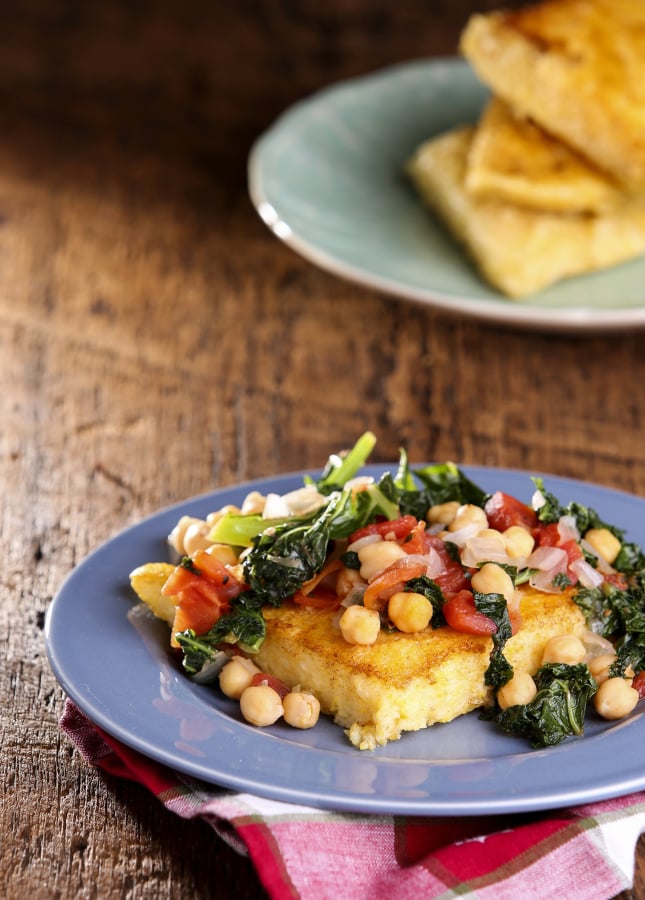Once again, I mysteriously failed to win the lottery.
That means one thing: back to having a food budget. But I want the food I cook to taste good, no matter how little it costs.
So this week, I set out to make a handful of great-tasting dishes that were not a strain on my wallet.
The idea was to use inexpensive ingredients, but in an artful way. I cut out pricey frills and kept to classic combinations of flavor. I made sure that I got my protein. And I cooked dishes that made me smile. They may not be fancy, but they’re awfully good.
Also, they’re kind of fancy. One is a traditional Italian dish, one is based on a dish I saw at a wonderful restaurant, one is hearty German fare and the dessert is a traditional, all-American favorite.



